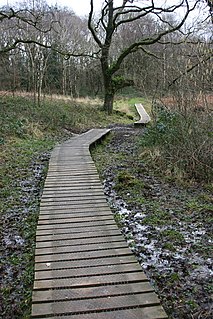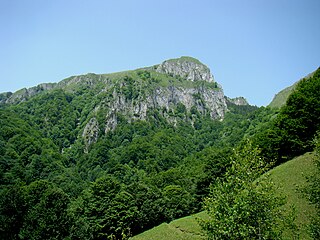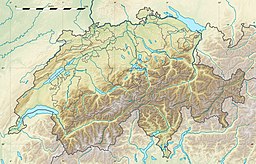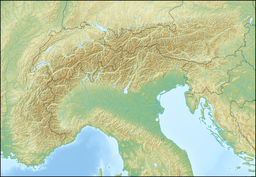
Langford Heathfield is a 95.4 hectare biological Site of Special Scientific Interest at Langford Budville, 3 km (1.9 mi) north west of Wellington in Somerset, notified in 1966.

A newt is a salamander in the subfamily Pleurodelinae. The terrestrial juvenile phase is called an eft. Unlike other members of the family Salamandridae, newts are semiaquatic, alternating between aquatic and terrestrial habitats. Not all aquatic salamanders are considered newts, however. More than 100 known species of newts are found in North America, Europe, North Africa and Asia. Newts metamorphose through three distinct developmental life stages: aquatic larva, terrestrial juvenile (eft), and adult. Adult newts have lizard-like bodies and return to the water every year to breed, otherwise living in humid, cover-rich land habitats.

Chironomus plumosus, also known as the buzzer midge, is a species of nonbiting midge (Chironomidae) that occurs throughout areas in the Northern Hemisphere.

The Buila-Vânturarița National Park is a protected area situated in Romania, in the central-northern part of Vâlcea County, in the administrative territory of the localities Costești, Bărbătești, and Băile Olănești.
The Kızılırmak Delta is the delta of the Kızılırmak River. It is the biggest wetland in the Black Sea Region and is one of several internationally important Ramsar sites in Turkey. All of the first and second delta plains and most of the third delta plain is dominated by agriculture. It is important for biodiversity of plants and birds. It is 40 km from Samsun.

”Muhalnitsa” is a protected area in western Bulgaria, located at one kilometre south of the town of Botevgrad and at 63 km north-east of the capital Sofia. It is situated in the Botevgrad valley in the western section of the Balkan Mountains. ”Muhalnitsa” was established in 1992 to protect a unique breeding migration of the common frog.









